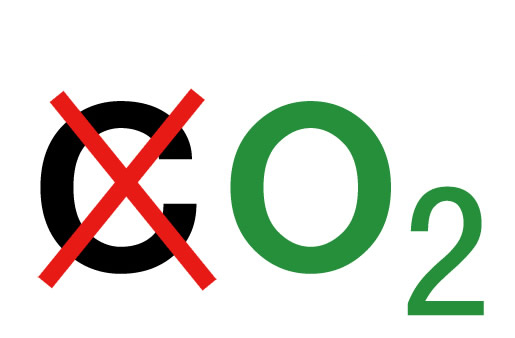Greenhouse gas emissions reduction-A theoretical framework and global solution
2016-01-05
Project Team of the Development Research Centre of the State Council, People’s Republic of China

Introduction
The Kyoto Protocol, as ‘the first game in town’, represents significant progress towards reducing global emissions. Its cap-and-trade mechanism and flexible market-based implementation have been valued highly. Meanwhile, there has also been wide criticism (for instance, Nordhaus 2006; EC 2008) of its flaws: 1) small coverage and a lack of effectiveness; 2) countries, especially developing countries, lack incentive to participate; 3) the additionality problem of the Clean Development Mechanism (CDM). To fight effectively against global warming, a more effective post-Kyoto architecture is needed. Although a variety of alternative proposals aiming to succeed the Kyoto Protocol have their own advantages (Aldy et al. 2003; Aldy and Stavins 2007; Garnaut 2008; Nordhaus 2006, 2008; Stiglitz 2006; Weitzman 1974; Sagar and Kandlikar 1997), each also has its disadvantages. For instance, some require revolutionary changes to establish a framework completely different from the Kyoto Protocol; some are based on the particular interests of certain countries; and some are seen as not sufficiently fair by developing countries, especially by the major emerging emitters.
For PDF of the full article, please click here.














